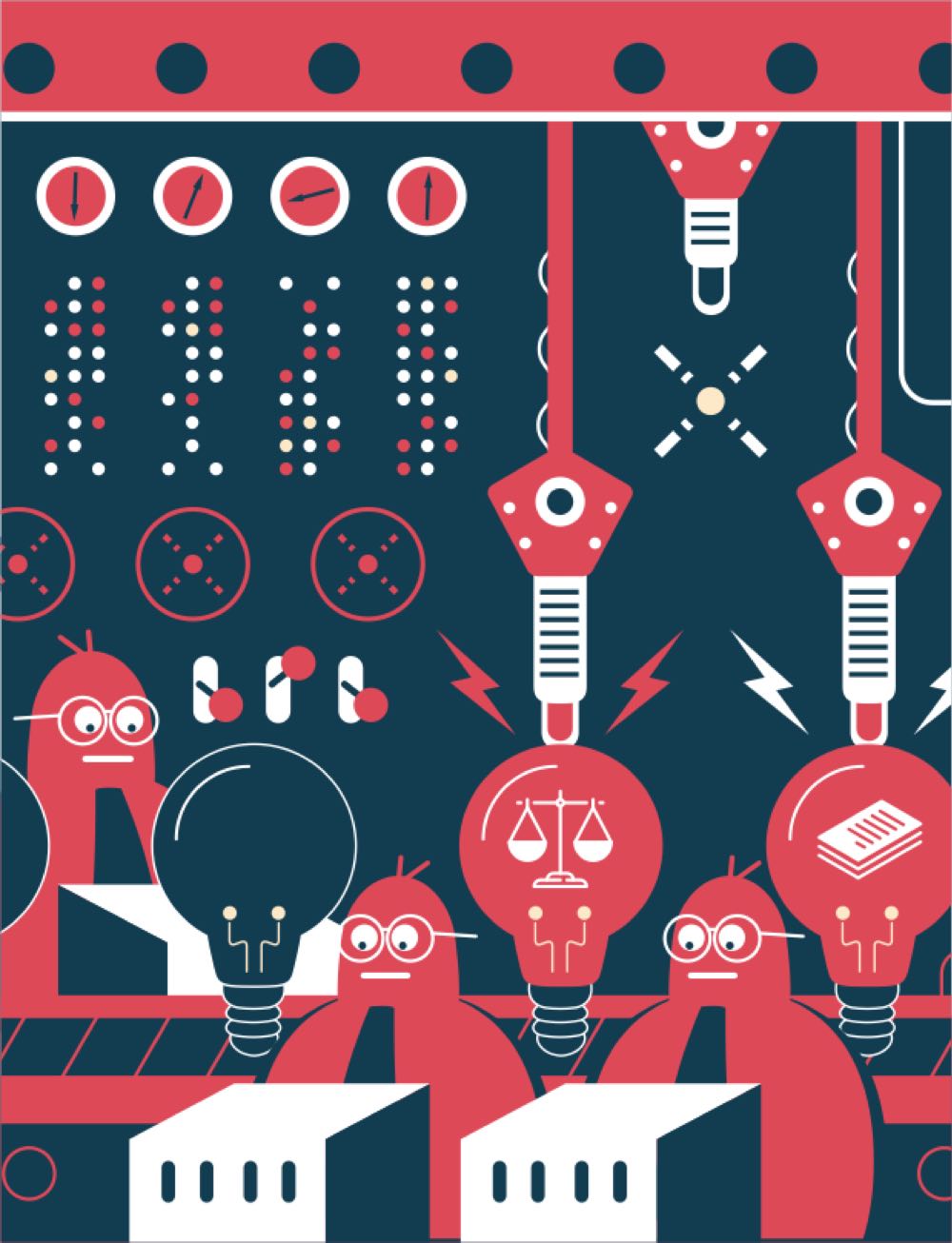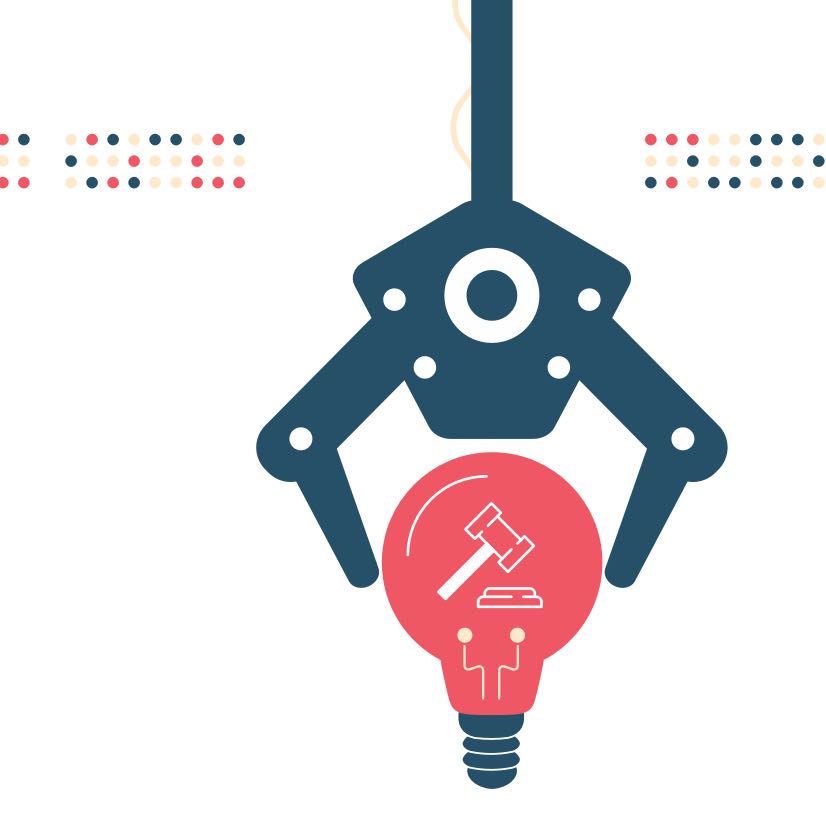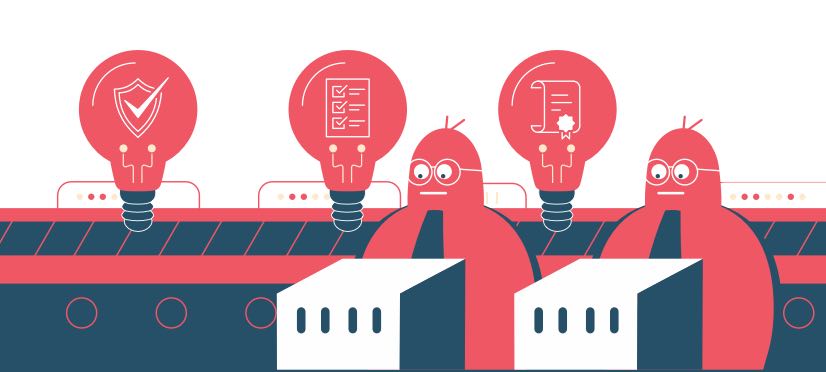Justice league

When the COVID-19 pandemic hit Canada last spring, millions of Canadians suddenly found themselves out of work. Many certainly wondered: Was I treated fairly on the way out? Was my severance package (if I got one) enough? Usually only a lawyer can answer such questions. Alas, the high price of legal advice tends to be out of reach for the newly jobless.
But as of last May, out-of-work Canadians had another place to turn. (And a free one at that.)
MyOpenCourt.org is an intelligent dispute resolution platform. It helps laid-off workers understand their rights under Canadian employment law. During the site’s first two months, more than 8,000 workers used its simple-to-use tools—“Am I an employee or contractor?” and “How much severance am I entitled to?—for common situations like evaluating severance offers or understanding compensation rights as gig workers.
MyOpenCourt is the brainchild of the Conflict Analytics Lab at Queen’s, a joint venture of the university’s Faculty of Law and Smith. Established in 2018, the lab uses artificial intelligence and data science to make legal dispute resolution faster, fair and more affordable, especially for lower- and middle-income Canadians and small- to medium-sized businesses. The lab brings together researchers and students from Smith, Queen’s Law and the Faculty of Engineering, as well as university partners in Canada, the United States and Europe.
In the case of MyOpenCourt, “our tools can help people to quickly determine whether they are entitled to severance or other compensation, and how much, based on data from thousands of previous cases,” explains Samuel Dahan, Queen’s Law professor and director of the Conflicts Analytics Lab, who also teaches at Smith.

The MyOpenCourt self-help app isn’t only for workers. Companies can use it to understand their legal obligations in terminations and their liabilities if workers are incorrectly classified as employees or independent contractors. “Large enterprises have access to lawyers, but small- and medium-sized businesses can’t afford to, or don’t necessarily want to, hire a lawyer in these situations,” says Yuri Levin, who is both director of analytics and AI at Smith and associate director of strategy and partnerships for the lab. Many employment disputes, he says, “could be handled with the aid of AI and data technology to achieve equitable solutions and potentially save businesses and individuals substantial legal fees and time.”
The site’s predictive approach to severance is unique in that it will soon be based not only on data from actual court cases but also from negotiated agreements. That’s important because most employment disputes are resolved out of court. As more Canadian workers and businesses use these online tools to help resolve employment disputes, Dahan expects data from their negotiated resolutions to increase the predictive power, accuracy and timeliness of the tools. “There were 8,000 user cases in two months, which is already much greater than the 1,500 termination notice court cases in Canadian law over the past 60 years,” says Dahan.
MyOpenCourt is one of several applications that the Conflict Analytics Lab has been developing. The goal is to increase access to legal knowledge and services in employment, trademark, personal injury, insurance and small claims disputes. Says Levin, “We’ve been using AI and data science to democratize access to retail, financial and other services for many years. The legal profession is long overdue. In legal disputes, about 80 per cent of cases are standard. These can be handled by technology and create a win-win situation for parties on both sides in resolving disputes quickly, efficiently and fairly.”
Within the Conflict Analytics Lab, professors and students from Smith’s Master of Management in Artificial Intelligence and Master of Management Analytics programs work jointly with Queen’s Law students. They use their AI and data science expertise to build tools that are expected to transform litigation and the practice of law.

Here comes legal tech
Though the law is often progressive, the legal profession itself is notoriously old-fashioned in everyday operations. Digitization has not come fast. But that’s changing as a wave of legal-tech startups has swept across the industry in recent years. In the U.S., for example, companies such as Ravel and Lawgeex use analytics to streamline contract negotiation and speed up case-law research. Within a decade, about 75 per cent of all lawsuits will be settled with artificial intelligence, predicts Orna Rabinovich-Einy, a University of Haifa law professor and author of the book, Digital Justice: Technology and the Internet of Disputes.
“AI will do the heavy lifting for lawyers as a tool for rapidly searching and analyzing relevant case law, helping them to be more efficient with their research and legal advice,” says Dahan. Major business clients, such as financial institutions, are also driving law firms to use AI to help provide legal services more efficiently. “When CIBC’s or Scotiabank’s in-house lawyers are using AI, there is a big push for the outside law firms they hire to do so, too,” says Levin.
While these tools can’t entirely take the place of a lawyer, MyOpenCourt does make predictions that can help employees evaluate a severance offer and make an informed decision about whether to accept it or negotiate for a higher amount. They can also connect with a partner law firm via the MyOpenCourt site that will provide a consultation at no cost and charge a contingency fee if the user pursues a case and wins.
For personal injury law, the lab has developed an AI tool to give users an accurate idea of the amount of damages they could expect to receive based on similar cases. This can help both parties quickly achieve a resolution at minimal cost. In trademark law, deep learning technology is being used to develop an app to help lawyers, judges and businesses more easily resolve trademark infringement disputes out of court. The app can help predict litigation outcomes by analyzing about 100,000 published decisions from trademark cases in Europe. “Our tool can be adapted and applied in Canada to help businesses resolve trademark disputes because Canadian and European trademark laws are quite similar,” notes Dahan.

Resolving consumer disputes
The Conflict Analytics Lab is also developing AI-enhanced tools to help businesses resolve non-legal disputes with both customers and employees, based on data from past negotiated outcomes. “When there is a customer dispute, the customer is often assumed to be lost. If a business can resolve customer disputes more quickly and effectively based on their own and other companies’ past experiences, they can improve customer service and often keep the customer,” says Dahan.

The consumer app is being piloted in the banking industry. But the ultimate aim is for it to be useful for large, medium and small businesses in any industry. Starting with big employers allows the lab to use large data from many companies resolving consumer disputes. In banking, typical examples would be customer complaints about representatives selling inappropriate investments or disputes over bank fees. “Would it be better for the bank to issue a warning the first time and not charge a fee? If the fee is already charged, should the bank reverse the fee once the customer contacts the bank with a concern? Artificial intelligence would be very helpful in quantifying the trade-offs for different ways of resolving these consumer disputes,” says Levin.
Data-driven online tools could also guide employers towards effective and appropriate options for resolving internal workplace disputes such as harassment. “Large and small employers can benefit and learn from important data showing how harassment disputes were resolved in the past,” says Dahan.
AI models can be useful for employers in negotiating salary increases and promotions to help develop and retain talent as well, suggests Levin: “Organizations need to balance the risk of losing a great employee with the resulting cost of hiring and training someone new against the higher salary cost.”
These AI-powered tools can help even the playing field for self-represented litigants and expand the options for how legal and non-legal disputes are resolved. “The lab is trying to create an ecosystem where small, mid-size and large companies, employees and independent workers, and consumers can benefit from using data to democratize and increase access to legal and non-legal services in resolving disputes more quickly, effectively and equitably,” says Levin. “If you do it right, you create a win-win situation for all the players in society.”
